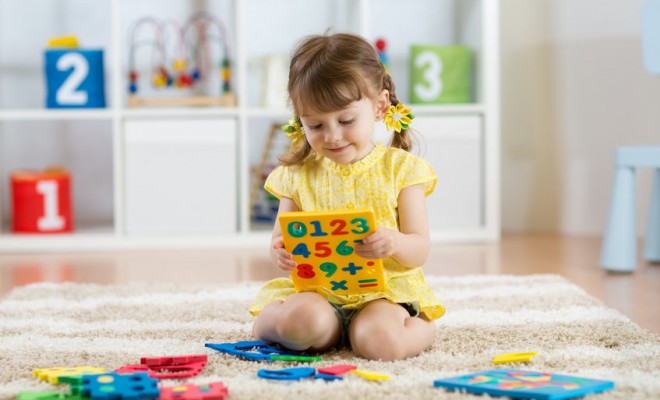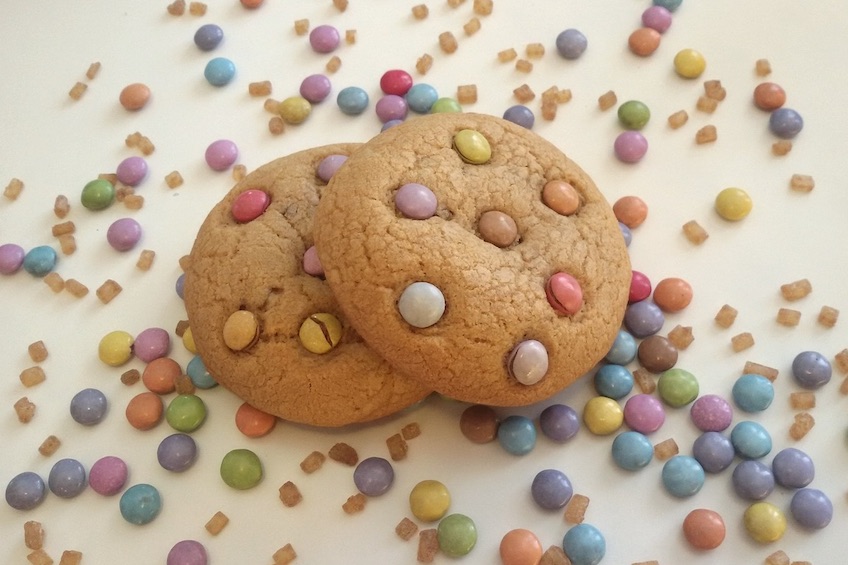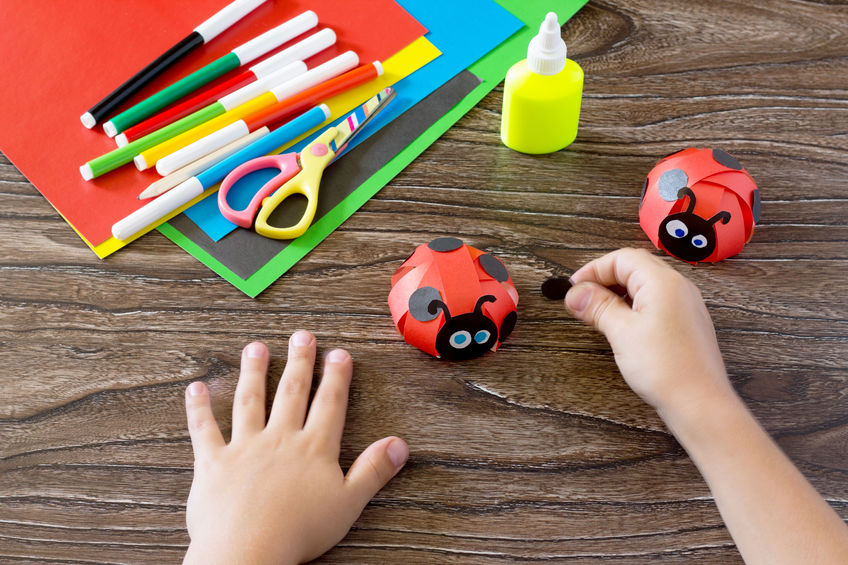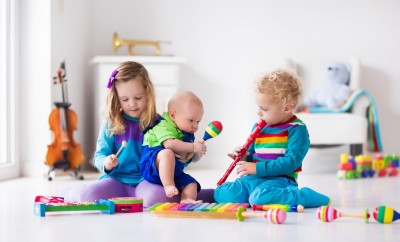
Childcare Activities
10 Number Recognition Games
Number recognition is a key skill to learn during the early years, and there are many ways in which you can encourage this in your early years setting. We’ve already explored activities to support the development of numeracy skills in general; in this article we’ll concentrate specifically on helping children to learn their numbers.
When planning number recognition activities, there are a few points to keep in mind:
- Make sure you have plenty of relevant resources available (e.g. number beads, blocks, stickers, cutters, stamps etc.), as well as visual cues (e.g. posters on the walls).
- As well as using numerals it’s also helpful to look at other representations of numbers with the children, including words and tallies.
- Try to make number activities fun in order to nurture a positive approach to maths.
10 Number Recognition Games
1. Number bubble game
Draw lots of chalk circles on the ground outside, with a number inside each (1 to 5 or 1 to 10, depending on how much space you have), distributing them evenly so that you end up with several 1s in circles, several 2s in circles, and so on (make sure you have enough for each child playing the game). Call out a number and each child has to find a circle (bubble) with that number and stand in it. Make it more fun by blowing bubbles over the children in between each round.
2. Number hunt
Take a small group of children out for a walk around the neighbourhood – or perhaps combine it with a visit to the local park – hunting for numbers along the way. There should be plenty of opportunities for number spotting, for example on front doors, gates, buses, cars, posters etc. Get the children to call them out when they see them.
 A number hunt is a great way for children to practice number recognition outside your setting
A number hunt is a great way for children to practice number recognition outside your setting
3. Giant dot-to-dot
Make your own giant dot-to-dot in the playground, by chalking numbers on the ground that the children have to connect in the right order to make a shape or picture. For younger children stick to simple shapes using fewer numbers; for older children you can make it a bit more difficult.
Sign Up to Receive this 20-Part Activity Email Series

4. Conker count
Go to the park and collect some conkers. Back at the nursery, draw the numbers 1 to 10 on the ground in a row with chalk, using both numerals and words, and get the children to line up the right number of conkers underneath each one. (Obviously outside conker season there are plenty of other objects you could use for this activity, eg petals, leaves or items from inside.)
5. Dice tally
Take a sheet of card and make a grid of six squares, labelling them 1 to 6 using both numerals and words. Roll a die and keep a tally in the squares of how many times each number comes up. Children could do this individually, each with their own separate grids, or in pairs or small groups using the same grid but their own dice. You could turn it into more of a game by adding a competitive element.
 Recognising and tallying the numbers rolled on dice is another good skill to develop
Recognising and tallying the numbers rolled on dice is another good skill to develop
6. Musical number tiles
This is a musical variation of the bubble game. Lay out some foam number tiles on the floor, making sure you have plenty for all of the children playing (if you don’t have foam tiles, make your own using some card but tape them down so that they don’t slip). Play some music and get the children to dance around; when the music stops, call out a number and they have to jump onto a corresponding tile.
7. Number biscuits
Using some number shape cutters, make some sets of number biscuits with the children and then use squeezy icing to stick the right number of decorations onto each biscuit (e.g. eight raisins on the number 8, three raspberries on the number 3 etc).
 Help the children make biscuits with different numbers of decorations, counting them out as you put them on
Help the children make biscuits with different numbers of decorations, counting them out as you put them on
8. Beanbag toss
Here are a couple of ideas for throwing games to help with number recognition. One is to get a set of buckets and label them 1 to 5 (or 1 to 10), then the children have to try and throw the right number of beanbags into each; another is to use a target mat and the children have to try and land the right number of beanbags in each numbered segment.
9. Counting beads
For this activity you’ll need ten paper plates, some coloured pens and some coloured beads. Write the numbers 1 to 10 on the plates, using a different colour for each number. Get the children to put the right number of beads onto each plate; this works particularly well using coloured beads that correspond with the colours used to write the numbers, as it gives the children a strong visual cue.
10. Number crafts
There are lots of ways in which you can incorporate number recognition into craft activities. One idea is to draw some outlines of ladybirds on a piece of paper, then number them and get the children to add the right number of spots to each. A couple of variations on this include drawing birds and sticking on tail feathers, or drawing monsters and sticking on googly eyes.


 One option for a number craft is sticking the correct amount of spots on a ladybird
One option for a number craft is sticking the correct amount of spots on a ladybird



You must be logged in to post a comment Login